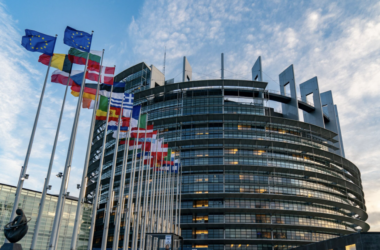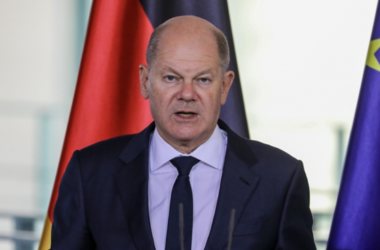Across Europe, energy bills are not only determined by market prices but also heavily influenced by national tax policies. The share of taxes—including energy taxes, levies, and VAT—varies widely among EU countries, leading to stark differences in what households pay for electricity and gas.
Following the energy price surge triggered by Russia’s invasion of Ukraine, many households—especially low-income ones—faced severe financial strain. While prices have since stabilized somewhat, the cost of energy remains a significant burden for many.
In some countries, governments have stepped in with subsidies or allowances, reducing the effective tax burden—and in some cases, even resulting in negative tax rates on energy bills.
According to the Household Energy Price Index (HEPI)—compiled by Energie-Control Austria, Hungary’s MEKH, and energy consultancy VaasaETT—the average share of taxes in household electricity prices in EU capital cities as of April 2024 was 22%. This included 8% in energy taxes and 14% in VAT. However, the range varied dramatically—from a high of 49% in Copenhagen to a negative tax share of -26% in Amsterdam. Stockholm followed closely behind Copenhagen at 41%.
Amsterdam’s figures reflect its unique tax structure: an energy tax of -43% combined with a 17% VAT, leading to an overall negative tax share. Luxembourg City applies a similar approach, with energy taxes at -13% and VAT at 7%—a policy designed to stabilize energy costs at 2022 levels.
Other cities with relatively low electricity tax shares include Valletta, Nicosia, and Dublin, where taxes make up 11% or less of electricity bills.
In contrast, several capitals see tax shares exceeding 30%, including Brussels (37%), Berlin (34%), Oslo (33%), Madrid, and Helsinki (both at 32%).
For residential gas bills, taxes tend to make up a larger portion of the final cost. The average tax share across EU capitals was 28% in April 2024, ranging from just 5% in Zagreb to a peak of 49% in Amsterdam. In the Dutch capital, taxes accounted for 32% of the residential gas price.
Other cities with high gas tax burdens include Berlin (40%), Vienna (32%), Rome and Stockholm (both at 31%), and Paris (30%). At the lower end, cities such as Athens (9%), Belgrade (9%), and London (11%) reported the lowest tax shares, following Zagreb.
In Vilnius, households even benefit from a tax refund on energy, leading to a -5% energy tax share.
“Energy taxes depend on national policies, environmental plans and different market structures in general,” Rafaila Grigoriou, HEPI project manager & head of VaasaETT’s Greek office, and Ioannis Korras, senior energy market analyst at VaasaETT, told Euronews Business.
They explained that Denmark’s high energy taxes support its ambitious green energy goals, funding renewable energy system investments and efficiency improvements. The country has become a leader in wind energy as a result.
“This is intended to incentivise a shift away from gas heating and promote electrification,” they added.
National energy taxation strategies can have a major impact. In Amsterdam, for example, the government uses high natural gas taxes to discourage usage, while providing electricity bill rebates to encourage electrification.
Overall, residential energy costs remain highly uneven across Europe. According to HEPI’s April 2025 data, household electricity prices ranged from 9.1 cents per kWh in Budapest to 40.4 cents in Berlin. Gas prices were even more varied—from 2.5 cents per kWh in Budapest to 34.1 cents in Stockholm.




